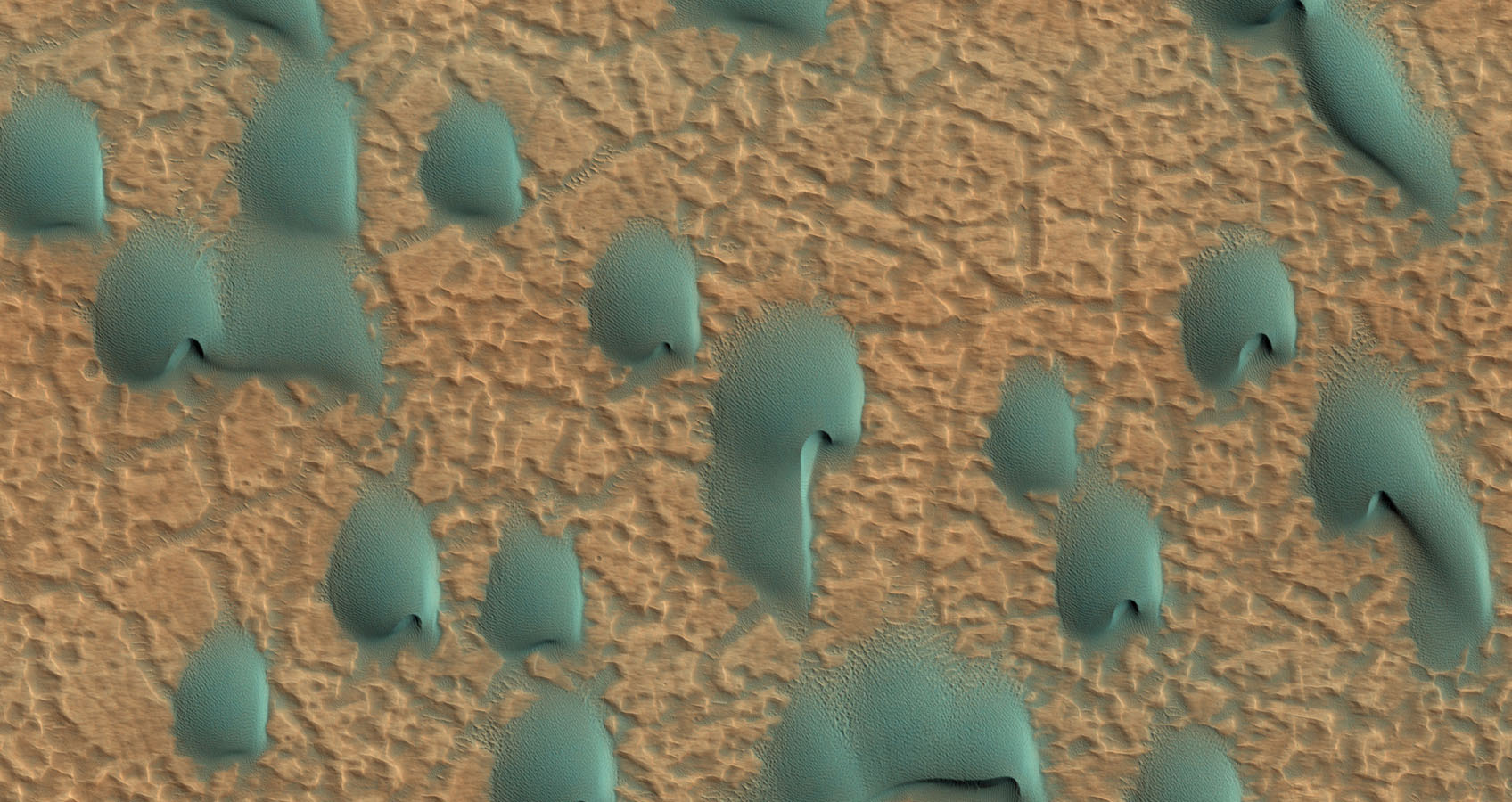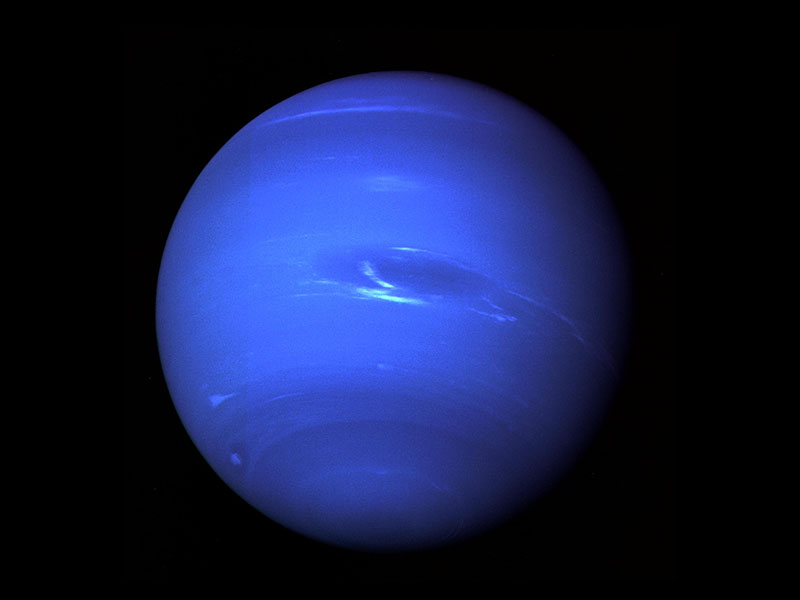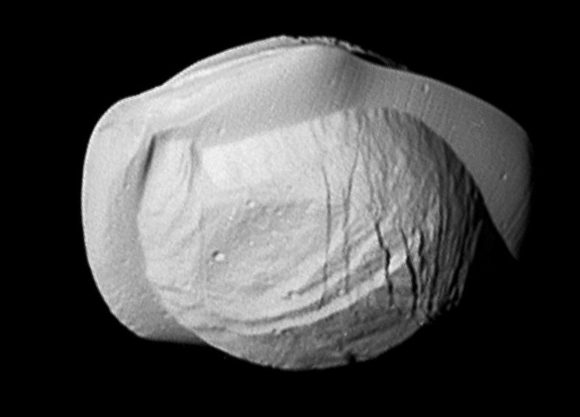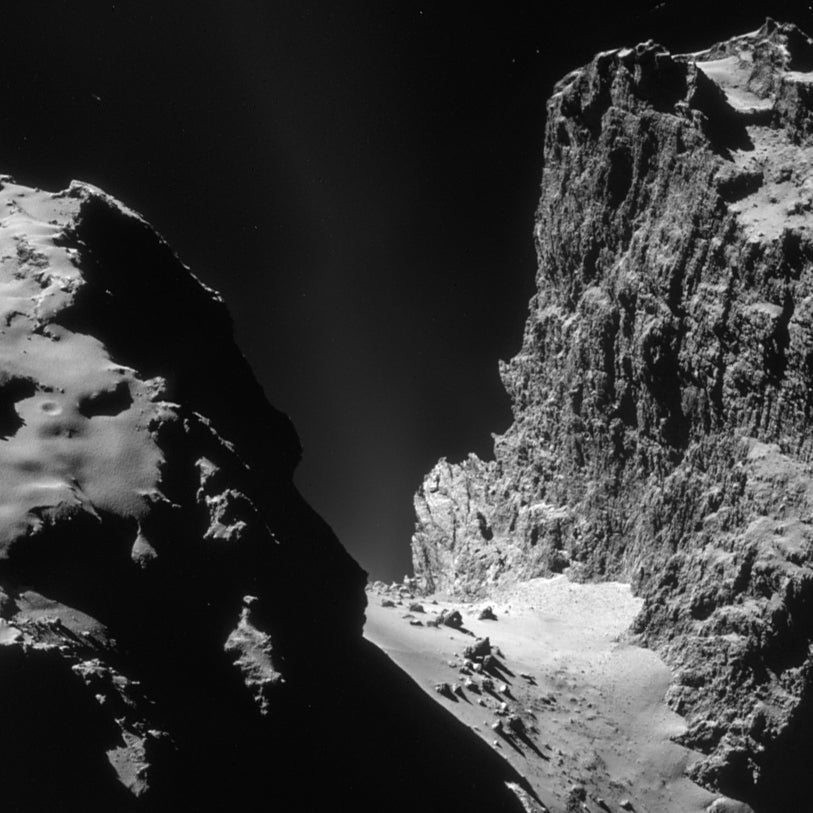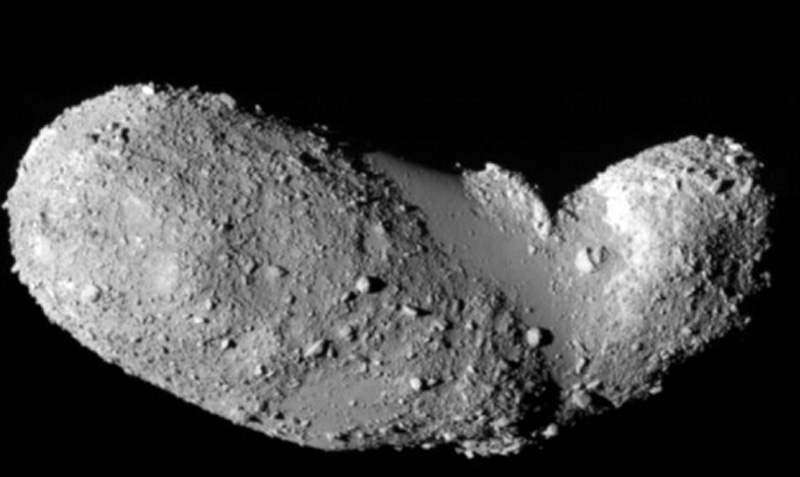Ian said:
Ian said:
Here’s one for this thread – I’ve got it set as my wallpaper but have no label
?
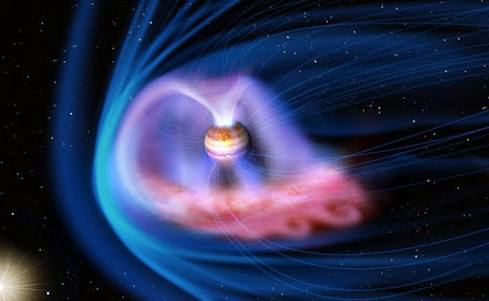
S’Ok guys, I’m getting closer without your assistance..
CHANDRA. Le télescope spatial Chandra est un observatoire dédié à l’étude des trous noirs, des galaxies et des étoiles lointaines dans le domaine des rayons X. Il pointe parfois aussi son optique vers les planètes du système solaire. C’est ce qu’il a fait en octobre 2011 en observant Jupiter alors qu’elle était frappée par un flux de particules très dense, émis lors d’une tempête solaire qui a généré une éjection de masse coronale.
Clearly an artist’s impression, so I hadn’t looked it up.
It appeared on Apod.
https://apod.nasa.gov/apod/ap160406.html
Explanation: Jupiter has auroras. Like near the Earth, the magnetic field of our Solar System’s largest planet compresses when impacted by a gust of charged particles from the Sun. This magnetic compression funnels charged particles towards Jupiter’s poles and down into the atmosphere. There, electrons are temporarily excited or knocked away from atmospheric gases, after which, when de-exciting or recombining with atmospheric ions, auroral light is emitted. The featured illustration portrays the magnificent magnetosphere around Jupiter in action. In the inset image released last month, the Earth-orbiting Chandra X-ray Observatory shows unexpectedly powerful X-ray light emitted by Jovian auroras, depicted in false-colored purple. That Chandra inset is superposed over an optical image taken at a different time by the Hubble Space Telescope. This aurora on Jupiter was seen in October 2011, several days after the Sun emitted a powerful Coronal Mass Ejection (CME).








